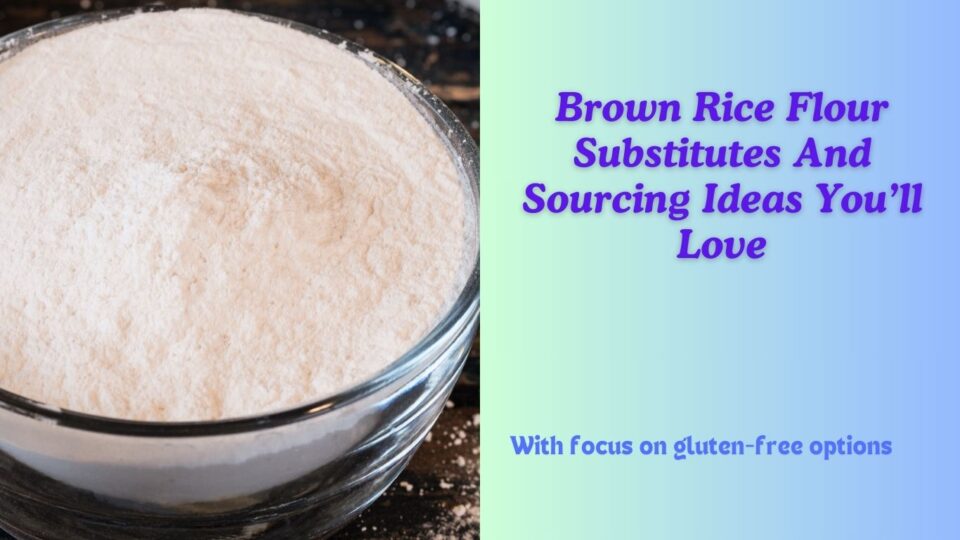Find yourself in need of a brown rice flour substitute? We’ve got just the right ideas and suggestions for you. While this article will discuss substitution, we’ll also add some points on other sourcing methods that could make it easier for you to get hold of brown rice flour.
Additionally, it’s also important to consider the purpose and role of the flour in your cooking needs. Brown rice flour is usually employed in baking, though it might also be used for other purposes like thickening sauces and as breading for frying.
Top substitutes for brown rice flour are gluten-free flour, white rice flour, potato flour/starch, tapioca flour, sorghum flour, and all purpose flour.
That said, let’s look at these options and substitution ideas in greater detail.
Table of Contents
Getting Acquainted With Brown Rice Flour For Better Substitution Ideas
For a useful substitution, we have to understand the key qualities of brown rice flour and what makes it so special. This gluten-free flour is made from the whole grain of rice, including the bran and the germ. This makes it rich in fiber, some fats, and other nutrients.
Contrary to its name, the flour is not brown. It gets its name from brown rice, which is the conventional rice with its bran intact. The color of the flour can be called off-white, with a somewhat brownish tinge. It is perhaps more accurately described as bone-white.
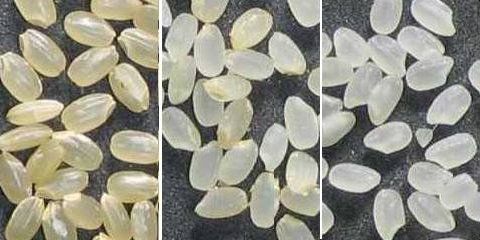
Image source: Kome.JPG: created by ja:利用者:Sphl on Wikimedia Commons
Let’s do a quick clarification of some of the terms involved for a better understanding:
- Bran: This is the outermost, brown layer of the rice grain. In conventional white rice or rice flour, this layer is usually removed.
- Germ: This is the innermost part of the rice kernel or the nutrition for this seed. When the plant begins to grow from the seed, this part is its first nutrition. Needless to say, this term has nothing to do with the harmful “germs” we otherwise hear about.
- Endosperm: The endosperm is the biggest, most visible part of the rice grain. It is white and forms much of what we identify as a rice grain.
Some Characteristics Of Brown Rice Flour
Since brown rice flour is made with its bran, it gets a good dose of fiber. This also causes a slight change in flavor as compared to the conventional white rice flour, though brown rice flour can still be considered fairly neutral in flavor.
Interestingly, brown rice flour continues to be fairly light. It is amongst the lightest full grain flours, which works rather well for its use in baking and similar applications.
It’s worth remembering that rice is fairly starchy. And though brown rice flour has several nutrients, starch continues to be a big part of the equation. It’s for this reason, brown rice flour can sometimes be substituted by other starchy flours like potato flour, potato starch, and tapioca flour.
In fact, if you often use gluten-free products, you may have noticed that many gluten-free products contain rice flour, potato starch, and tapioca starch. It’s a combination that works. Some might choose to use brown rice flour for a similar result, but with added goodness of fiber.
Brown rice flour can still do most things conventional rice flour can. Though popular for baking, it is good for thickening sauces, breading for frying, and similar requirements. However, it is not a great binding agent, and will generally need other ingredients to handle that job.
Best Substitutes For Brown Rice Flour And Sourcing Ideas
1. Get Brown Rice
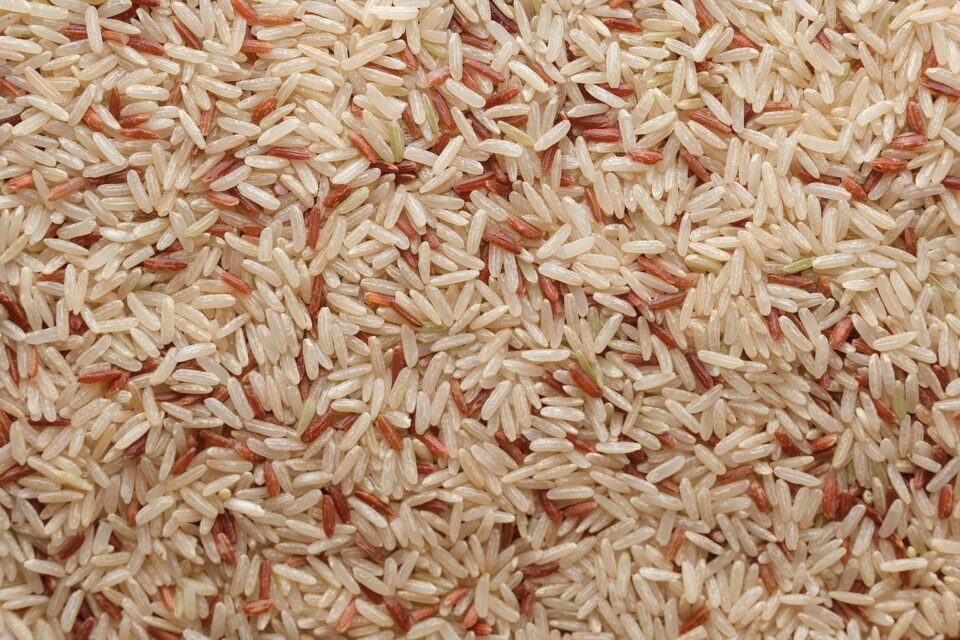
This is a sourcing idea, which can come in handy if you’d rather not use a substitute. If you are in a situation where you have brown rice available but can’t get hold of brown rice flour, get the rice!
The next step is to mill the rice to get the flour. There are several ways to go about this and people tend to have their favored methods to achieve these results. While the traditional method of using stone to mill the rice might not be possible, the modern home offers several options.
Perhaps the easiest would be to use the grinder or blender at home, though the result may not be uniformly fine flour. Another option could be to use something like a coffee grinder at home, though that too might not yield a good quality fine flour.
That said, the best option would be to use a grain mill at home, whether manual or electric. Although unless you intend to use one at home quite often, buying a grain mill might not be the most economical option.
Although for small amounts of flour, you could perhaps get away with using the blender at home to make your brown rice flour at home.
2. Conventional Rice Flour
For most cooking needs, conventional rice flour will do most tasks brown rice flour can. A small nutritional difference is that rice flour has fewer nutrients and fiber than brown rice flour, on account of missing the bran. However, it is also more neutral in taste and can be used in most recipes without any problem.
In fact, for most recipes, especially in baking, brown rice flour is often used as a more useful alternative to conventional rice flour. As such, the rice flour can take its role in the recipe without a hitch.
Since rice flour is starchy, you can also use it to thicken sauces or for breading. It might actually be a better alternative for these purposes, when used in place of brown rice flour.
For most substitutions, you can use rice flour in place of brown rice flour in a 1:1 ratio. You might want to watch the water content of the recipe though, since both flours have slightly different absorption.
3. All Purpose Flour
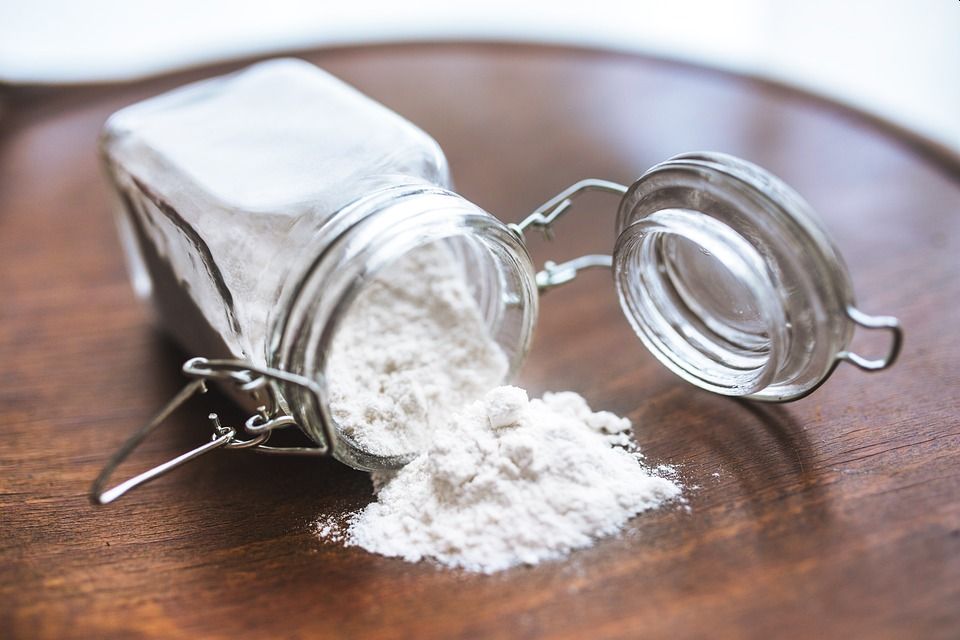
Technically, all purpose flour can work as a substitute for brown rice flour in baking and other cooking needs. It is a very commonly used ingredient, and works pretty well for most cooking and baking needs.
However, using all purpose flour in place of brown rice flour can often defeat the purpose of the recipe. For many baking recipes, brown rice flour is used because it is gluten-free. Adding all purpose flour to the mix defeats that purpose since it contains gluten.
Additionally, this substitution can involve more work. With the use of all purpose flour, you might find yourself debating whether or not to use the binding agent (often some other starch or flour) that the original recipe intended.
In any case, you will have to adjust the amount of ingredients to better match the new culinary composition of your recipe.
Other options like whole wheat flour may also be used for substituting brown rice flour. However, whole wheat flour is notably denser than brown rice flour. So, the recipe will need several adjustments and the result might get denser and with a different texture.
4. Gluten-Free Flour
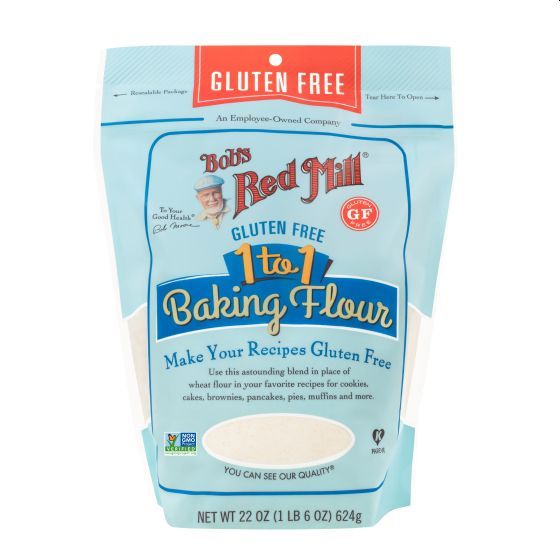
Gluten-free flour is a readily available commercial product, which is available through several brands. This flour is often intended to make conventional wheat-flour recipes gluten-free and usually allows a 1:1 substitution for wheat flour in such cases.
However, it can also work as an excellent brown rice flour substitute. After all, the major ingredients for gluten-free flour include rice flour, brown rice flour, tapioca starch, potato starch, and others.
The specific ingredients and their proportion in gluten-free flour can vary by brand or manufacturer. Bob’s Red Mill gluten-free flour is a popular choice, though many other brands are available as well. In any case, gluten-free flour is popular enough to be available at most brick and mortar stores or online stores as well.
5. Potato Flour/Starch And/Or Tapioca Flour
This substitution option is presented somewhat unusually, but there is a good reason for that. Potato flour and tapioca flour deserve this unique mention, because they’re often together with rice flour in gluten-free cooking/baking recipes.
So, if your recipe already uses these ingredients, adding more of them to replace brown rice flour will not be the best approach. At this point, you’ll probably want to look at other options.
However, if your recipe does not contain potato flour or starch, or tapioca flour, each of these can be an excellent brown rice flour substitute.
There are some nuances and notable points here, should you choose these ingredients. Brown rice flour, potato flour, and tapioca flour are fairly starchy ingredients.
Tapioca flour is extracted from the cassava root. And though called a flour, it is actually a starch and plays that role in most recipes. It is a decent binding agent, though not a very strong one. Most gluten-free recipes will include another ingredient to work as the binding agent.
Potato starch, as the name implies, is extracted from potatoes. It can absorb a good amount of water and works very well in baking to keep the food rich and moist. Incidentally, there can be a confusion between the terms potato starch vs potato flour. And many recipes don’t clarify whether such a distinction is being made or not. However, if your recipe uses only a small amount of potato starch, using either ingredient can work without a problem.
I figure there is a lot to unpack in this section, so let’s summarize for clarity.
- Many gluten-free flours, especially those for baking, use a combination of rice flour, potato flour/starch, and tapioca flour.
- Individually, both tapioca flour and potato flour/starch are good substitutes for brown rice flour.
- However, if your recipe already uses these ingredients, you might want to use some other flour for substituting brown rice flour.
- If you want to substitute brown rice flour in breading or thickening of sauces, you can use potato starch or tapioca starch without a problem.
6. Other Flours (Almond Flour, Sorghum Flour, And More)
When you want gluten-free food and need to substitute brown rice flour, you might also consider some other flours. Many other flours are decent, though not ideal substitutes for brown rice flour.
Almond flour could be a decent choice, and will result in flavorful food with excellent texture. However, this will also bring a notable departure from the texture and taste that the more neutral and lighter brown rice flour brings to the food.
Sorghum flour is already fairly popular for gluten-free baking and cooking, and could work as a decent alternative to brown rice flour. It is often an ingredient in gluten-free flour.
While many people advocate the use of coconut flour as a viable substitute for brown rice flour, I feel that the taste and texture changes become too significant here. I would not consider this a viable substitute.
Amaranth flour is fairly neutral in taste and could be considered a decent alternative to brown rice flour.
7. Some Starches
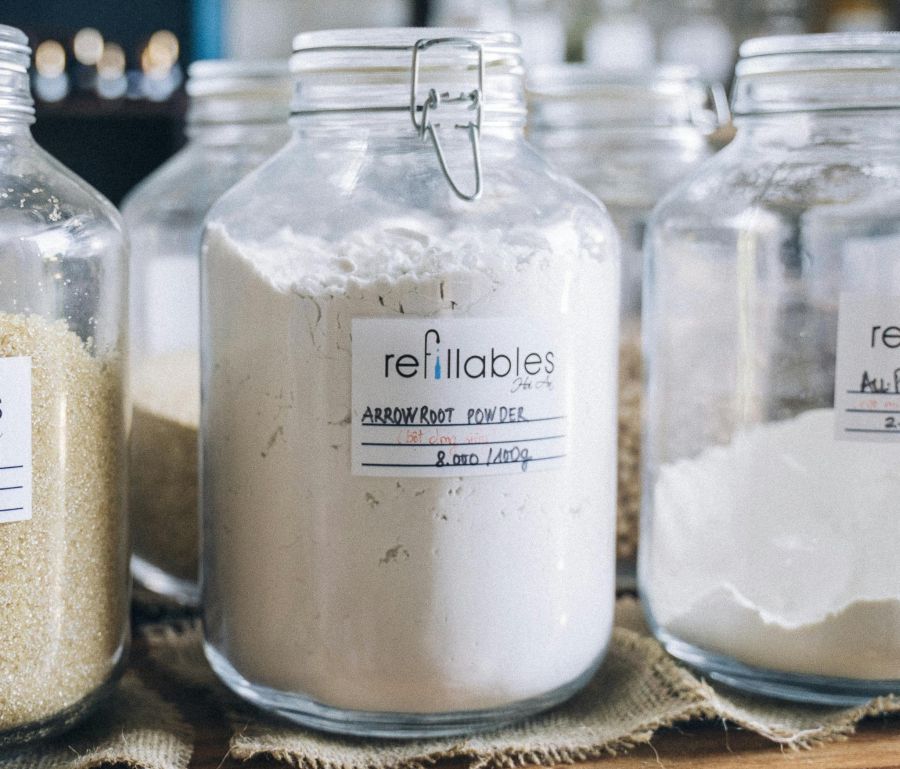
Some starches could fulfill the role of a brown rice substitute. And many of these are gluten-free, so the substitution should not be a big problem.
We’ve already covered potato starch and tapioca flour, which would be the preferred substitutes for brown rice flour, but there are more options if you find yourself in a tight spot.
Cornstarch is an obvious choice that comes to mind. It is popular, readily available, and easy to use. This would work great for breading and for thickening sauces. However, it doesn’t work as well as a substitute for baked goods, unless you use another flour for the mix.
Arrowroot flour is quite similar. It has a neutral taste and works quite well for thickening sauces or breading, but wouldn’t be a substitute for brown rice flour in baking.
Choosing Your Brown Rice Flour Substitute
In the discussion here, we’ve covered quite a bit on picking the right brown rice flour substitute for your recipe. In covering not just possible substitutes but also their use cases, it can become easier for you to choose the right brown rice flour alternative depending on your cooking needs.
Generally speaking, the best alternative would be conventional rice flour. Or, you could choose to join a growing trend of milling your own flour at home and work with brown rice. Other options like potato flour, potato starch, and tapioca flour work magically as well.
In any case, the substitute you choose should work well with your recipe, diet preferences, and availability. So, take a look at the options here, and see what alternative works for you!

